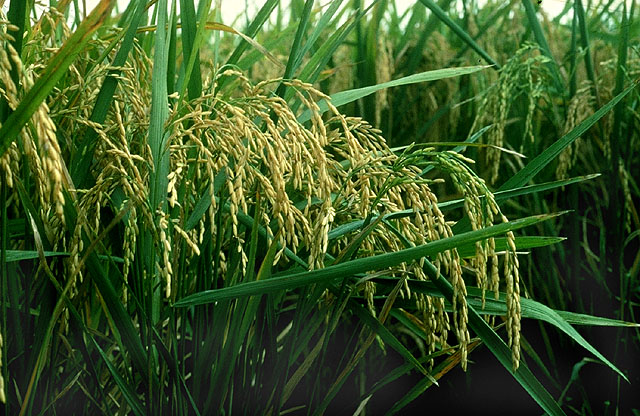Building a better battery from rice
Ars Technica » Scientific Method 2013-07-09

Next-generation high-capacity lithium-ion batteries could open doors to better electric vehicles and a multitude of other energy storage applications. To increase battery capacity, many researchers want to replace the carbon anode in today’s technology with a silicon anode that has the potential for ten times the capacity.
So far, attempts to design silicon anodes have struggled. Capacity drops off quickly with each battery cycle because the silicon swells as it charges and shrinks as it discharges, which can cause fracturing. Many researchers are seeking nano-structural solutions that will accommodate the material’s expansion, but a team of Korean scientists turned to what may be the most surprising source for high-tech electronics components—rice.
The husks of the rice grains, which are discarded as waste after harvest, are about 20 percent silica. The silica forms a layer that prevents attack from insects and bacteria but is porous enough to allow the transfer of air and water. Dae Soo Junga and team wanted to see if that naturally occurring nanostructure could solve the capacity fade problems that plague silicon anodes.
Read 5 remaining paragraphs | Comments




